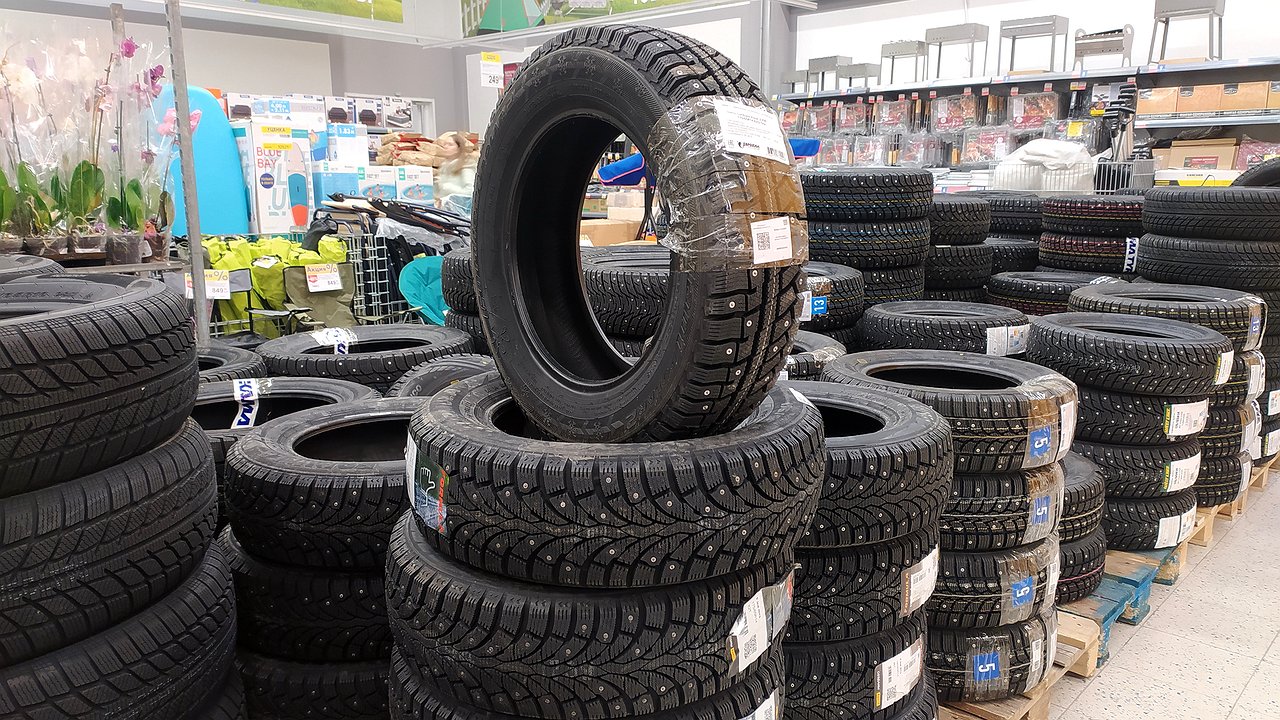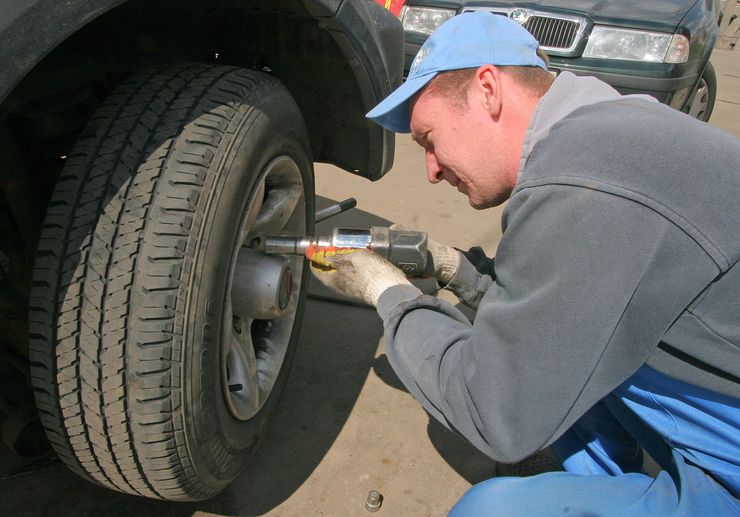In the fall, when it is time to seriously think about replacing summer tires with winter tires, experienced motorists do not listen to the tire experts who suddenly become more active at this time. Because they are sure that ‘they have a mustache themselves’. And this approach sometimes plays a cruel joke on them.
Once the year passes in mid-autumn, only a lazy media outlet or the press service of a more or less relevant department will not please car owners with their advice on the topic of “wheel”. Government agencies usually tell drivers when to replace summer tires with winter tires. At some point their messages such as ‘it is still early’ abruptly change to ‘we are all urgently changing tires, otherwise it will be winter tomorrow.’
Advanced car owners usually just mentally laugh at the “alarm signals” calling for an urgent seasonal change of tires. Because in most cases they sound too early, or when it’s too late to rush to the tire shop. An experienced driver does not look at the calendar when estimating when to replace the tires, but at the real weather. Or better said: the multi-day forecast. And only when a severe and most likely final cold snap begins to loom on the horizon (with average daily temperatures dropping below zero) does he find time to stop by the tire shop.
This approach pursues a completely pragmatic goal: to minimize the wear and tear of winter tires. After all, at a relatively high temperature outside it ‘wears out’ much faster than in the summer. Such tactics, for all their elegant optimality, have several drawbacks. First of all, postponing the moment of changing the shoes of the car “until the last minute” threatens with a serious “fuck” in the event of a sharp and short-lived cold snap.
For example, when there is local severe night frost, about which the Hydrometeorological Center has not deigned to warn the public. The roads are covered with ice. It will of course melt during the day. But going away on a frosty evening or morning ‘in the summer’ is just asking for trouble. In such a situation, the winners are those who “changed” the car in advance, without sparing the tires.
Planning a visit to a tire service just before the start of meteorological winter is risky for another reason. The fact is that there really could be a lot of “smart guys” like you. So much so that service technicians simply don’t physically have time to spend on your car. Or it is found, but only late at night. Or only at a tire service point where God knows where. In the latter case, you will have to use the services of “shoe changers” with completely unknown qualifications. How will they tighten the nuts and bolts? Will the ‘secrets’ be taken away? How well do the wheels balance? Questions, questions…
Moreover, tire fitters take advantage of the excitement among car owners and at such times they shamelessly increase the prices for their services.
That is, “savings” on winter tire wear will most likely result in serious additional “re-fogging” costs. And similar “setbacks” haunt other cunning car owners year after year. However, the extensive driving experience does not allow him to replace summer tires with winter tires much earlier than normal…
Once the year passes in mid-autumn, only a lazy media outlet or the press service of a more or less relevant department will not please car owners with their advice on the topic of “wheel”. Government agencies usually tell drivers when to replace summer tires with winter tires. At some point their messages such as ‘it is still early’ abruptly change to ‘we are all urgently changing tires, otherwise it will be winter tomorrow.’
Advanced car owners usually just mentally laugh at the “alarm signals” calling for an urgent seasonal change of tires. Because in most cases they sound too early, or when it’s too late to rush to the tire shop. An experienced driver does not look at the calendar when estimating when to replace the tires, but at the real weather. Or better said: the multi-day forecast. And only when a severe and most likely final cold snap begins to loom on the horizon (with average daily temperatures dropping below zero) does he find time to stop by the tire shop.
This approach pursues a completely pragmatic goal: to minimize the wear and tear of winter tires. After all, at a relatively high temperature outside it ‘wears out’ much faster than in the summer. Such tactics, for all their elegant optimality, have several drawbacks. First of all, postponing the moment of changing the shoes of the car “until the last minute” threatens with a serious “fuck” in the event of a sharp and short-lived cold snap.
For example, when there is local severe night frost, about which the Hydrometeorological Center has not deigned to warn the public. The roads are covered with ice. It will of course melt during the day. But going away on a frosty evening or morning ‘in the summer’ is just asking for trouble. In such a situation, the winners are those who “changed” the car in advance, without sparing the tires.
Planning a visit to a tire service just before the start of meteorological winter is risky for another reason. The fact is that there really could be a lot of “smart guys” like you. So much so that service technicians simply don’t physically have time to spend on your car. Or it is found, but only late at night. Or only at a tire service point where God knows where. In the latter case, you will have to use the services of “shoe changers” with completely unknown qualifications. How will they tighten the nuts and bolts? Will the ‘secrets’ be taken away? How well do the wheels balance? Questions, questions…
Moreover, tire fitters take advantage of the excitement among car owners and at such times they shamelessly increase the prices for their services.
That is, “savings” on winter tire wear will most likely result in serious additional “re-fogging” costs. And similar “setbacks” haunt other cunning car owners year after year. However, the extensive driving experience does not allow him to replace summer tires with winter tires much earlier than normal…
Source: Avto Vzglyad
Donald Salinas is an experienced automobile journalist and writer for Div Bracket. He brings his readers the latest news and developments from the world of automobiles, offering a unique and knowledgeable perspective on the latest trends and innovations in the automotive industry.














